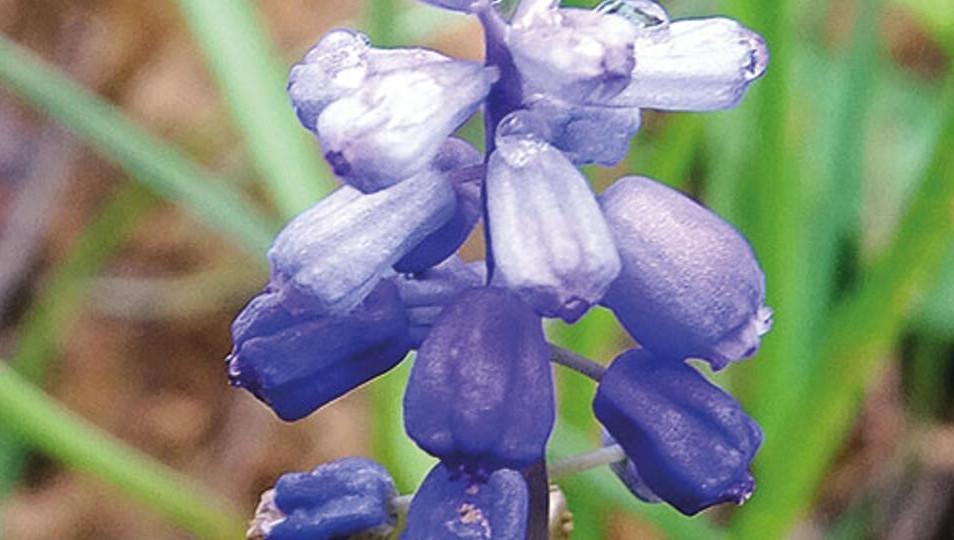
The total number of muscari plant species in Turkey has increased to 45 with the two new ones added to the scientific literature.
“Turkey is a very rich country in terms of plant diversity. It is even richer than the Middle Eastern and European countries. This fact also applies to the muscari species,” associate professor İsmail Eker from the botany department of the Bolu Abant İzzet Baysal University said.
“With the two new species, the number of the muscari species present in Turkey has increased to 45, and 30 of these species are indigenous to Anatolia,” he told daily Hürriyet.
Eker has named the muscari species that he had first encountered in the mountainous area around the Lake Abant in the western Black Sea province of Bolu in 2006 after his son Pamir Yiğit: Muscari Pamiryigidii Eker.
The other newly discovered muscari species, Muscari Fatmacereniae Eker, was named after his wife Fatma and nephew Ceren. İsmail Eker first found this species in the countryside of the Tufanbeyli district in the southern Adana province last year.
Following the examinations on the collected muscari samples in the laboratory, Eker wrote articles in the peer-reviewed international science journal Phytotaxa to inform the science world of the new members of the muscari family.
“Actually, rather than discovering new species, our main job as the plant researchers is to establish the boundaries of species by presenting the inventory of plant species in a specific geography, or the similarities and differences between species in the same plant group,” said Eker, who has been working on muscari species for 15 years.
“During our studies, we act keeping in mind that sometimes we can coincidentally find new species. The discovery of a new species can happen instantly on a field research or it can take long years,” he added.
Turkey is home to 10,000 plant species and about one-third of them are endemic plant species. Nearly 10 percent of the indigenous plants are in critical danger of extinction.